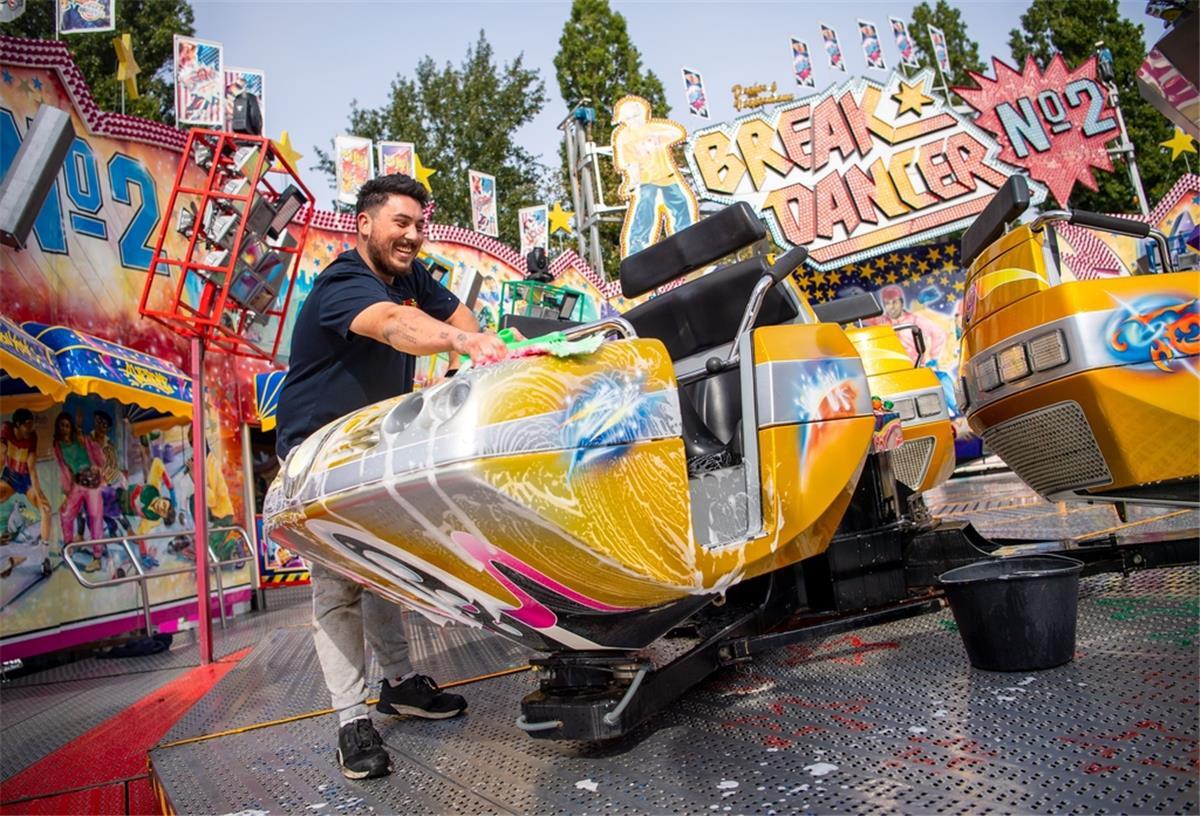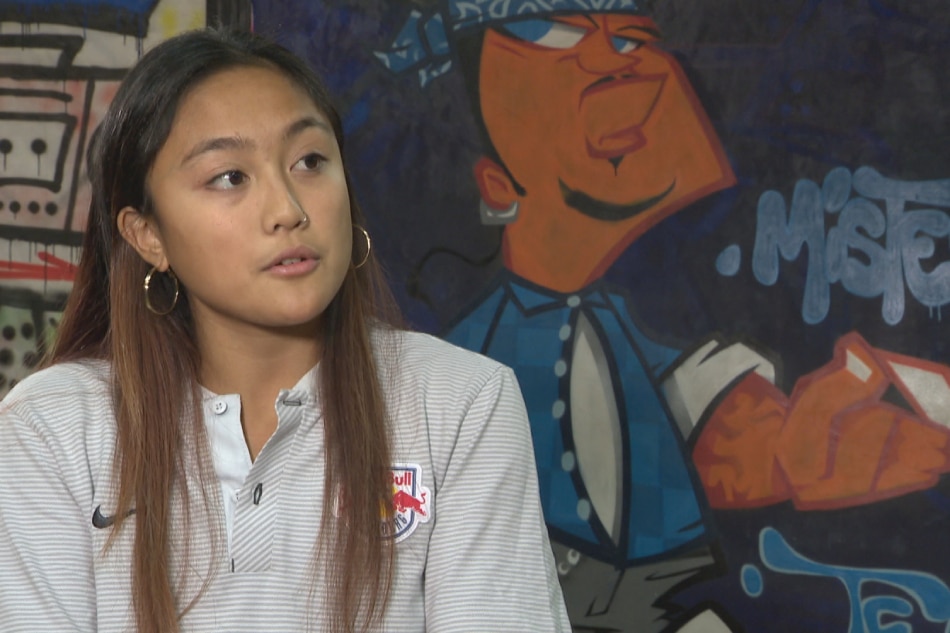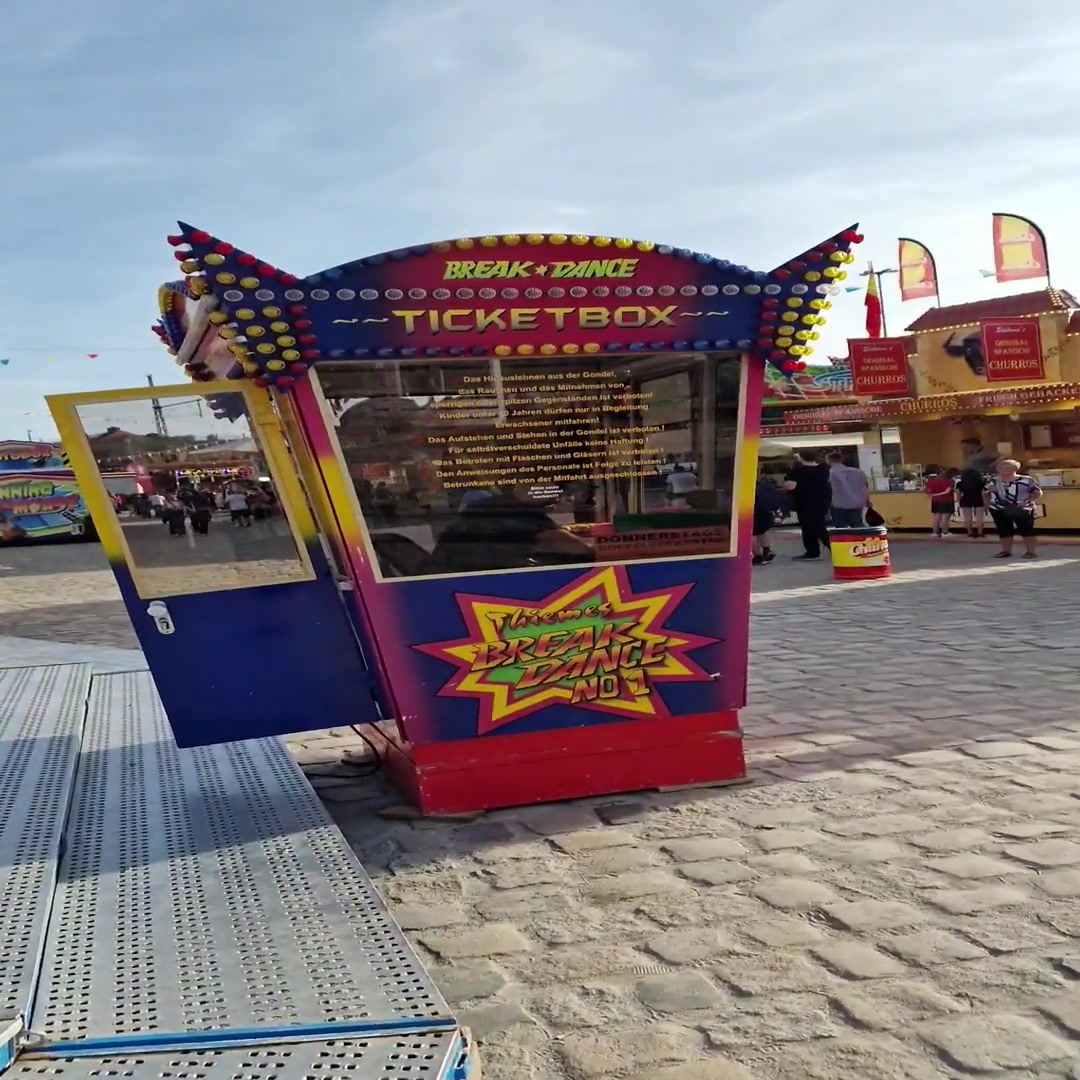History of Breakdancing

Breakdancing, a vibrant and energetic dance form, has a rich history deeply rooted in the streets of the Bronx, New York City. Its evolution reflects the social and cultural landscape of its time, transforming from a local phenomenon to a global dance sensation.
Origins and Early Development
Breakdancing emerged in the 1970s, primarily in the African American and Latino communities of the South Bronx. It was born out of the street culture of the time, influenced by various dance forms, including funk, jazz, and martial arts. The term “breakdancing” itself arose from the practice of dancers “breaking” into the music’s instrumental breaks, often characterized by percussive rhythms and infectious grooves.
“Breakdancing was a way for young people to express themselves in a time of social and economic hardship.” – [Source: “Breakdancing: A History”]
Early breakdancing crews, such as the Rock Steady Crew and the Furious Five, gained notoriety for their innovative moves and energetic performances. These crews would often gather in parks and streets, showcasing their skills and competing against each other. The early years of breakdancing were marked by a raw and improvisational style, characterized by simple yet powerful moves such as the “top rock,” “footwork,” and the “freeze.”
The Rise of Breakdancing
The 1980s witnessed the rise of breakdancing as a global phenomenon. The release of the film “Breakin'” (1984) and the popular music video “Beat Street” (1984) brought breakdancing to the mainstream audience, further solidifying its status as a cultural icon.
“Breakdancing became a symbol of youth rebellion and urban culture.” – [Source: “Breakdancing: A History”]
Breakdancing also gained international recognition during this period, with crews from various countries participating in competitions and events. The emergence of professional breakdancers, such as the legendary “Poppin’ Pete” and “Crazy Legs,” further propelled the dance form to new heights.
Evolution and Styles, Ami breakdancer
Breakdancing continued to evolve throughout the 1990s and 2000s, with the emergence of new styles and techniques. “Power moves,” which involve complex acrobatic maneuvers, became a defining feature of the dance form. Styles such as “B-boying” and “B-girling” emerged, reflecting the diverse backgrounds and influences of the dancers.
“The evolution of breakdancing is a testament to the creativity and adaptability of the dance form.” – [Source: “Breakdancing: A History”]
The advent of social media and the internet in the 21st century has further accelerated the global reach and popularity of breakdancing. Online platforms have become a vital space for breakdancers to share their work, connect with other dancers, and participate in virtual competitions.
Techniques and Styles of Breakdancing

Breakdancing, a vibrant and energetic dance form, is a complex tapestry of movements, techniques, and styles. It demands incredible physical strength, agility, and coordination, all woven together with a unique blend of artistry and athleticism. Breakdancing is not just about the moves; it’s about expressing oneself through the body, telling stories through motion, and pushing the boundaries of human movement.
Fundamental Moves and Techniques
Breakdancing is a diverse dance form with a wide range of movements, each with its own unique characteristics and challenges. These movements can be broadly categorized into four main groups: top rock, down rock, power moves, and freezes.
- Top Rock: These are the moves that breakdancers perform standing up. Top rock is often used as a way to transition between different sections of a routine or to set the tone for the dance. It involves a variety of steps, footwork, and rhythmic patterns, often influenced by other dance styles like funk, hip-hop, and jazz.
- Down Rock: Down rock refers to the movements performed on the floor, characterized by a blend of fluidity and precision. These moves often involve intricate footwork, spins, and transitions, creating a dynamic and visually captivating experience. Down rock is a crucial element of breakdancing, allowing dancers to showcase their creativity and technical skill.
- Power Moves: These are the acrobatic and physically demanding moves that often involve rotations, flips, and other aerial maneuvers. Power moves require immense strength, flexibility, and control, and they are a hallmark of breakdancing, showcasing the dancers’ athleticism and pushing the boundaries of human movement.
- Freezes: Freezes are static poses that breakdancers hold at the end of a move or a sequence. These poses are often visually striking and dramatic, and they serve to highlight the dancer’s balance, control, and artistic vision. Freezes can range from simple poses to complex and intricate formations, adding another layer of artistry to the breakdancing experience.
Breakdancing Styles
The world of breakdancing is a diverse landscape, encompassing various styles that each bring a unique flavor and approach to the dance form. These styles, often evolving from different cultural influences and geographic locations, are characterized by their distinct movements, rhythms, and aesthetics.
| Style | Description | Characteristics |
|---|---|---|
| Popping | A style characterized by sharp, percussive movements that create the illusion of popping and locking. | Rapid muscle contractions and releases, isolated movements, and a focus on rhythm and timing. |
| Locking | A style that features quick, sharp movements, punctuated by pauses and freezes. | Dynamic, energetic movements, a focus on sharp transitions, and often incorporates elements of funk and jazz. |
| B-boying | The original and most widely recognized style of breakdancing, characterized by intricate footwork, spins, and power moves. | Emphasis on floor work, a strong foundation in acrobatic techniques, and a focus on creativity and expression. |
Breakdancing Culture and Community: Ami Breakdancer

Breakdancing, a vibrant and dynamic art form, has evolved beyond its technical aspects to foster a strong and influential culture. This culture is defined by a shared passion for movement, music, and self-expression, and it has created a global community of individuals united by their love for breakdancing.
A Timeline of Significant Breakdancing Events
Breakdancing’s history is marked by numerous events, competitions, and gatherings that have shaped its evolution and fostered its global reach. These events have served as platforms for showcasing talent, fostering camaraderie, and promoting the art form’s growth.
- 1970s: The birth of breakdancing in the Bronx, New York, is often attributed to the street culture of the time, with early pioneers like the Rock Steady Crew and the Furious Five pushing the boundaries of movement and expression. The emergence of DJ Kool Herc and his innovative use of turntables, creating breaks in music for dancers to move to, further fueled the development of breakdancing.
- 1980s: Breakdancing gained mainstream popularity with the release of movies like “Beat Street” and “Breakin’,” which showcased the energy and creativity of the art form. The rise of competitions like the “Rock Steady Crew vs. The New York City Breakers” battle, and the “World B-Boy Championships,” solidified breakdancing’s status as a global phenomenon.
- 1990s: Breakdancing continued to evolve, with the emergence of new styles like “power moves” and “footwork,” and the influence of hip-hop culture became more pronounced. The formation of organizations like the “Breakin’ Convention” and the “Battle of the Year” facilitated the development of a more organized and competitive scene.
- 2000s to present: Breakdancing has witnessed a resurgence in popularity, with the inclusion of “breaking” in the 2024 Paris Olympics, recognizing its artistic merit and cultural significance. The art form continues to evolve, with new generations of dancers pushing boundaries and contributing to its ongoing evolution.
The Role of Music and DJs in Breakdancing Culture
Music is the lifeblood of breakdancing, providing the rhythm, energy, and inspiration that fuel the dancers’ movements. DJs play a crucial role in creating the atmosphere and selecting the tracks that inspire the dancers to showcase their skills.
- DJ Kool Herc: Often credited as the “father of hip-hop DJing,” DJ Kool Herc’s innovative use of turntables, isolating the “break” sections of songs, created the perfect rhythmic backdrop for breakdancing. His pioneering techniques laid the foundation for the essential role DJs play in breakdancing culture.
- The importance of “breaks”: The “break” in music, characterized by a rhythmic and repetitive pattern, is the defining element for breakdancing. DJs carefully select tracks with compelling breaks that allow dancers to showcase their skills and creativity, while also keeping the energy and excitement high.
- The collaborative nature of DJing and breakdancing: The relationship between DJs and dancers is a symbiotic one. DJs respond to the dancers’ energy and creativity, adjusting their sets to create a dynamic and interactive experience. This interplay between music and movement is what makes breakdancing so captivating.
Breakdancing’s Influence on Fashion, Art, and Other Forms of Expression
Breakdancing’s influence extends beyond the dance floor, permeating various aspects of culture, from fashion and art to music and film. The art form’s unique aesthetic and expressive power have inspired countless artists and creators.
- Fashion: Breakdancing culture has significantly influenced fashion, particularly streetwear. The early days of breakdancing saw dancers adopting loose-fitting clothing that allowed for freedom of movement. This evolved into a distinct style, characterized by bold colors, graphic prints, and accessories like sneakers, bandanas, and hats. The influence of breakdancing fashion can be seen in contemporary streetwear trends, with brands like Adidas, Nike, and Puma incorporating elements of breakdancing aesthetics in their designs.
- Art: Breakdancing has inspired countless artists, who have captured the energy and movement of the dance through various mediums. From graffiti art to street photography, breakdancing has served as a source of inspiration for visual artists, showcasing the dynamism and beauty of the art form. The expressive power of breakdancing has also influenced other forms of art, like contemporary dance and performance art, which incorporate elements of breakdancing techniques and aesthetics.
- Music: Breakdancing’s influence on music is undeniable. The art form has contributed to the evolution of hip-hop music, with breakdancers serving as a source of inspiration for DJs and producers. The rhythmic and energetic nature of breakdancing has influenced the development of beats, rhythms, and musical styles associated with hip-hop. Breakdancing has also influenced other genres, including electronic dance music, with breakbeats and turntablism techniques finding their way into various musical styles.
Ami breakdancer – As a breakdancer, you possess a unique blend of physicality, creativity, and spirit. Your journey is not just about mastering spins and flips, but about finding your rhythm, expressing your soul, and pushing your boundaries. The recent inclusion of breakdancing olympics signifies a monumental shift, elevating this art form to a global stage.
Embrace this evolution, for it is a testament to the power of passion and dedication, inspiring others to dance their own unique stories.
Ami breakdancer, you move with a rhythm that speaks to the soul. Your body becomes a canvas, your movements a story of resilience and expression. Just as you find your flow in the dance, explore the depths of another culture, like the vibrant traditions of nicka lithuania.
Immerse yourself in its history and customs, and you will find a new dimension to your own artistic journey. Through understanding and embracing different ways of life, you will grow as a dancer and as a human being.